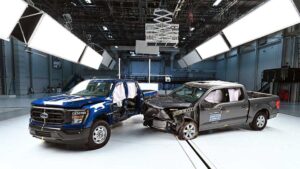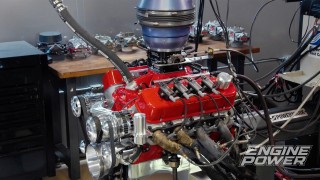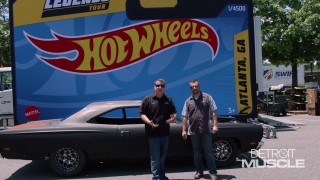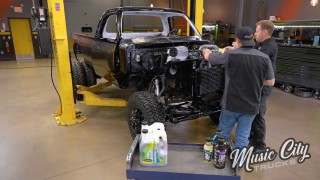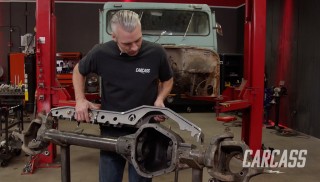Most Midsize Pickup Trucks Receive Passing Grades in Updated IIHS Side Crash Test
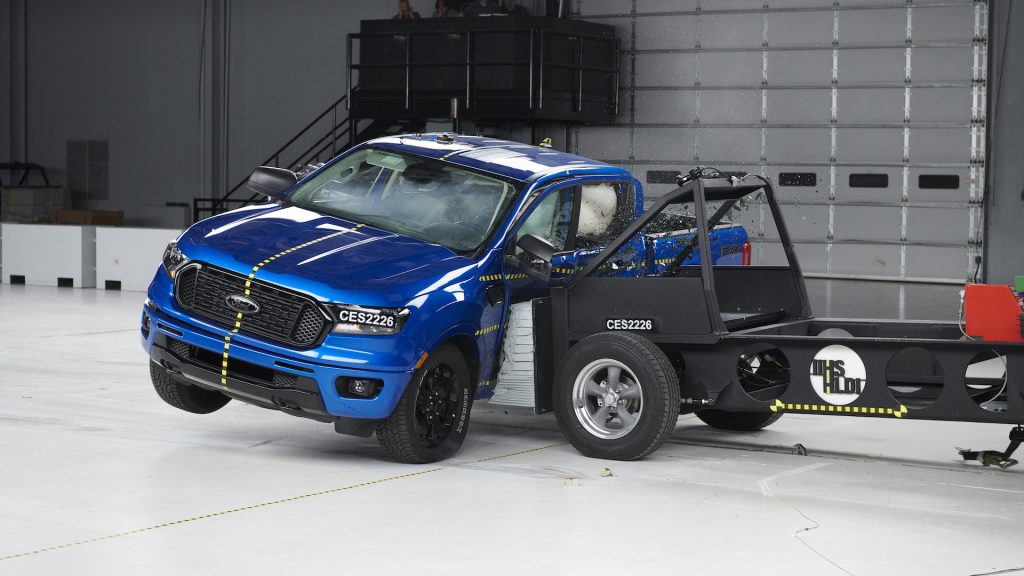
In a press release by the Insurance Institute for Highway Safety (IIHS), many popular midsize pickup trucks have received passing ratings following their updated side crash test.
The 2022 Chevrolet Colorado crew cab, GMC Canyon crew cab, and Honda Ridgeline crew cab all received “good” ratings. These ratings are based on the injury measures for the truck’s driver and rear passenger, as well as the safety and structure of the cage.
RELATED: Pickup Trucks with Autobrake Experience Much Less Rear-End Crashes
Other trucks like the Nissan Frontier crew cab and Ford Ranger crew cab received “acceptable” ratings, and the Toyota Tacoma crew cab received a rating of “marginal.”
“Overall, this was a solid performance from these vehicles,” says IIHS Senior Research Engineer Becky Mueller. “Their high ride height means that the barrier we use to represent a striking vehicle hits the strong door sill structures directly. This likely prevented excessive intrusion into the occupant compartment, except in the case of the Tacoma.”
The Colorado, Canyon, and Ridgeline all received ratings of “good” because their cages’ safety and structure were able to provide a minimal risk of injury to the driver and rear passenger.
However, the Tacoma’s “marginal” rating was due to its structure and safety cage not being well-maintained following the crash. The impact from the striking vehicle resulted in a crumpled door sill and B-pillar. The B-pillar was also shown to be pushed inches away from the center of the driver’s seat.
RELATED: Small Cars Struggle to Meet Increased Safety Standards in IIHS Side Crash Tests
“That alone pushed the overall rating down to marginal,” Mueller said. “We weight structural performance very heavily because it is tied so closely with survivability.”
These side crash tests have been updated to reflect real-world side impacts with more accuracy. The IIHS now uses a heavier impact barrier weighing 4,200 pounds and traveling at 37 mph. This is a significant change when compared to the previous test, which used a 3,700-pound impact barrier traveling at a speed of 31 mph.
All of the trucks received “good” ratings based on the criteria of the previous version of the test.




